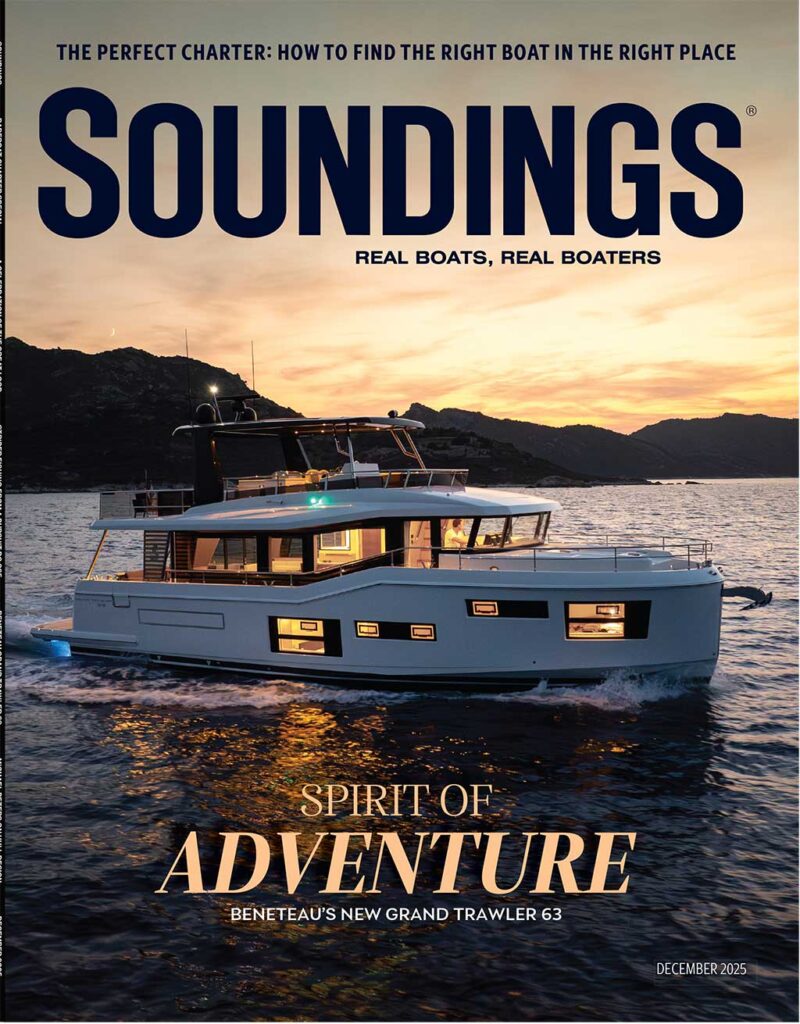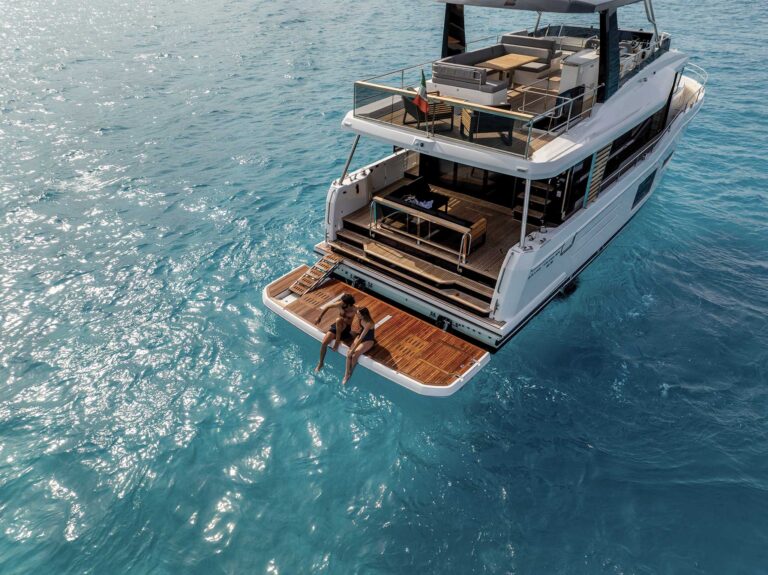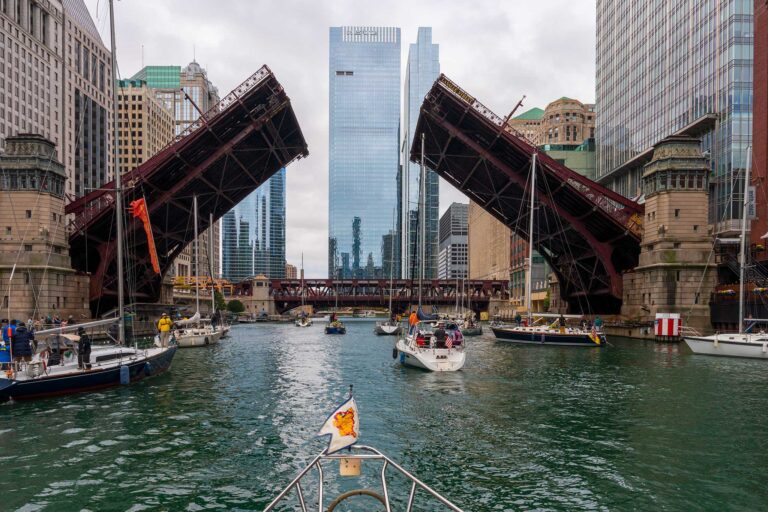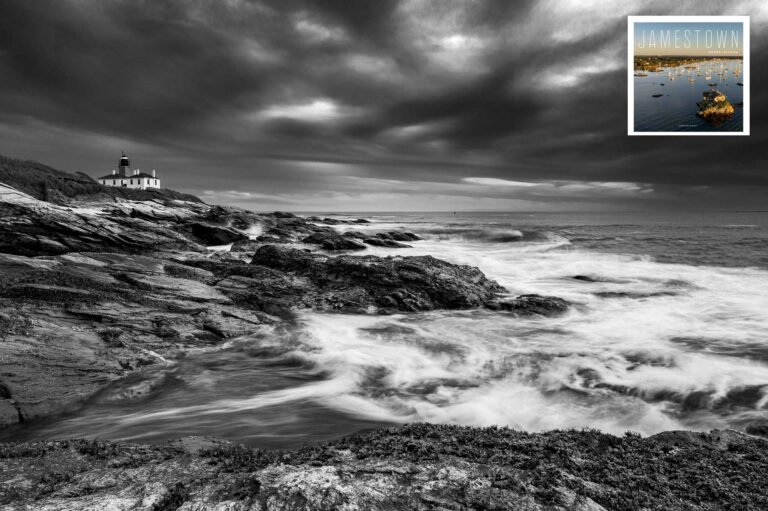 Polynesian Voyaging Society
Polynesian Voyaging SocietyA bid to refurbish the SS United States and return her to service as an ocean liner has lost steam after a six-month feasibility study determined that the commercial and technical hurdles are too costly.
Los Angeles-based Crystal Cruises commissioned the study with the goal of investing $700 million to $800 million in the 64-year-old ship — the biggest, fastest, most glamorous of the U.S.-built ocean liners — and making her the crown jewel of its burgeoning luxury cruise fleet.
A blue-ribbon team of engineers and experts, headed by retired Coast Guard Rear Adm. Tim Sullivan, found the ship to be “remarkably intact and structurally sound.” However, bringing it up to SOLAS technical and safety standards would require changes to the hull that would pose stability problems, and changing from four shafts and rudders to two and from steam to diesel-electric power would require changing shaft lines and rebuilding 25 percent of the hull, Crystal and the SS United States Conservancy say in a joint statement. Crystal says it spent more than $1 million on the in-depth study.
The conversion “would have been a lot more costly than anticipated,” says Tim Basile, a spokesman for the conservancy, which owns “America’s flagship” and keeps it berthed at the Pier 82 terminal in Philadelphia, its retirement home for 20 years.
Basile says the conservancy will revert to “Plan B” — turning the ship into a dockside attraction, destination or public space, which was the focus of its rejuvenation efforts before Crystal proposed putting the 990-foot liner back into service.
Crystal is donating $350,000 to the conservancy, which along with $600,000 it raised last fall to pay the ship’s $60,000-a-month maintenance and berth fees will keep the United States at its berth for now. “The ship is in no immediate danger,” Basile says.
The study’s finding that the United States is structurally sound reinforces earlier assessments of the vessel’s condition and remains a selling point for architects and developers who have ideas for converting her for dockside use. The 550,000-square-foot interior was gutted years ago, before the conservancy acquired the ship, so the inside is wide open and “very versatile,” Basile says.
A number of ideas for making the United States a dockside attraction have been tossed around, including office space, a conference center, a cultural space and a business incubator, with space set aside for an SS United States museum.

The United States will remain at Pier 82 while the conservancy undertakes an “aggressive search” for qualified investors and developers who have a vision for the vessel. “We firmly believe the SS United States is an American treasure and deserves to be preserved and redeveloped as a stationary destination for future generations to experience and enjoy,” says Crystal Cruises president and CEO Edie Rodriguez.
More than once thought to be destined for the scrap yard, the historic ship appears tired and rusty at its Delaware River berth. But her distinctive raked stacks and svelte hull form — her beam is just 101 feet — remain the hallmarks of a graceful speedster that still holds the Blue Riband, an unofficial award for the fastest westbound trans-Atlantic crossing by a passenger liner in regular service. She made the crossing in 3 days, 10 hours, 42 minutes on her maiden voyage in July 1972.
Built and operated with government subsidies and the stipulation that she could be requisitioned for military purposes, the United States was designed by William Francis Gibbs to Navy standards with 20 watertight compartments and dual compartmentalized engine rooms to contain flooding. Her hull form below the waterline was a closely held military secret for years because she was so fast and part of her mission was to serve as a military transport vessel when needed. Gibbs insisted the ship be fireproof, so the only wood she contained were the Steinway pianos and butcher blocks in the galley.
“America’s Flagship continues to hold enormous potential as a stationary mixed-use development and museum in New York or another urban waterfront setting,” says Susan Gibbs, the conservancy’s executive director and granddaughter of the ship’s designer. “The SS United States Conservancy remains deeply committed to saving this unique and powerful symbol of the nation’s strength, history and innovation.”
This article originally appeared in the October 2016 issue.










